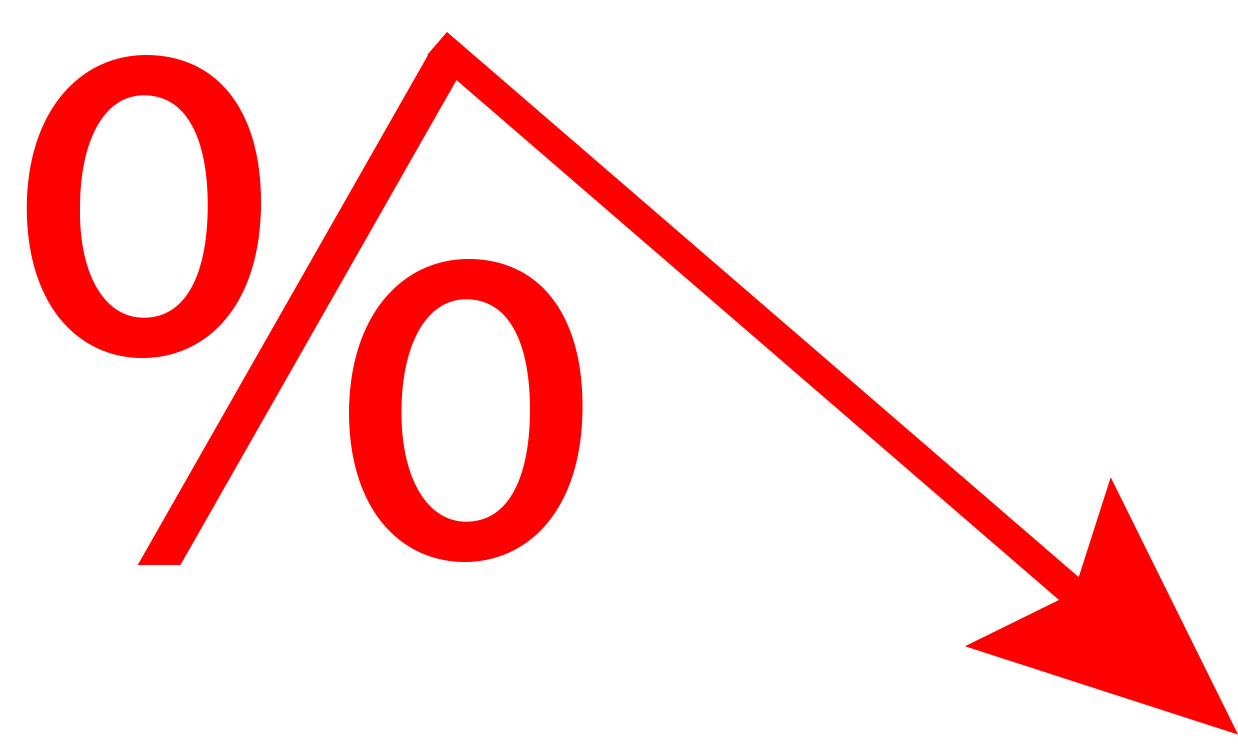In the last six months, I am sure you have seen the monthly interest income in your savings account dwindle down to almost nothing. This is because earlier in the year the Federal Reserve Bank (the Fed) lowered interest rates to near zero in response to the economic damage caused by the COVID-19 pandemic. At its last meeting in September, the Fed signaled that it would likely hold rates at near zero through 2023. So, what does this mean for investors?
Low interest rates can be viewed as positive or negative depending on what you are investing in. Stock investors like rates to remain low because the lower borrowing costs allow companies to grow faster thus increasing their profits and value. But low rates are not welcome for savers and bond investors who like higher rates for greater income and stability. If you are an investor with a large portion of your portfolio in bonds, you may be wondering if there are any alternatives in this low-yield environment.
High-Yield Bonds
Bonds that are offered by companies with lower credit ratings are referred to as high-yield bonds. Since these bonds carry more default rate risk, they must pay a higher return to investors. Even with this risk, they are often more stable then investing in stocks. You can reduce some of the default rate risk by investing in an Exchange Traded Fund (ETF) which holds many bonds from different companies. Depending on your investing timeline and risk tolerance, you may consider high-yield bonds to increase the overall yield in your portfolio.
Fixed-Rate Annuities
Annuities have historically been expensive commission-based products, and we have generally shied away from them. Recently though, insurance companies have developed more low-cost commission-free annuities. Some can still be complex, but others are more straight-forward. An example of this would be a fixed-rate annuity. These types of annuities often pay 2.5% or higher with a term of 4-5 years. Fixed-rate annuities are like CDs and bonds due to their term and fixed interest rate, but they are backed by the financial strength of the issuing insurance company. These annuities could be a decent bond alternative. Just make sure to select a company with a high credit rating.
Hybrid Investments
Some investments have characteristics of both stocks and bonds, so we refer to them as hybrids. Convertible bonds and preferred stock are examples of this type of investment. Convertible bonds are fixed income corporate debt that are convertible to common stock of the issuing company. They generally provide stock-like returns but with less risk. Preferred stock pays a fixed dividend like a bond but has more potential to appreciate than a bond. These hybrid alternatives have historically outperformed other fixed income investments including 10-year treasuries and investment grade corporate bonds. Both types of hybrids can increase the yield of your portfolio.
Precious Metals
There are several precious metal investments to choose from, but the most popular among investors is gold. For thousands of years gold has been considered a safe store of value and is often used by investors for portfolio diversification. It will not provide any income, but it can help hedge your portfolio in times of political uncertainty and inflation. Its value fluctuates based on how much gold investors want to hold at any given time. With the uncertainty of the global pandemic in 2020, the value of gold has risen substantially. Consider adding some gold to your portfolio in place of bonds.
Pay Down Debt
If you have some extra cash, sometimes investing it is not always the best option. Investors that have outstanding debt such as student or auto loans, or credit card debt, might consider paying down that debt instead of investing the money into low yielding investments. This tactic should especially be considered if the interest rate you are paying on your debt is higher than what you could get by investing the money.
If you still have a mortgage on your home, here are three options to make the most of low rates.
Make extra principal payments – This is the easiest option and will not cost you anything. It will reduce the mortgage balance which in turn reduces the life of the loan and total interest expense paid on it.
Refinance – With the drop in mortgage rates, you may consider making a lump-sum payment against the loan in conjunction with a refinance. A refinance can also be used to consolidate other debt with higher interest rates.
Recast – If you already have a low mortgage rate and want to make a large lump-sum payment on the loan, you can contact your lender to have a recast done. With a recast, the lender provides a new amortization of the loan with the new principal balance. No terms of the loan are changed, but it does lower your monthly payment thus reducing the total interest paid over the life of the loan.
A low-yield environment can be challenging for investors. Traditional investments like CDs and bonds may need to be supplemented with the use of additional strategies. These include paying down debt, or exploring the use of high-yield bonds, annuities, hybrids, and precious metals in your portfolio.
Deborah Hobart, CPA is a Financial Advisor at Blue Water Capital Management, LLC, a fee-only financial advisory firm in Apex, NC. For more from Deborah, check out Blue Water’s latest Investing Insights on their website. .








